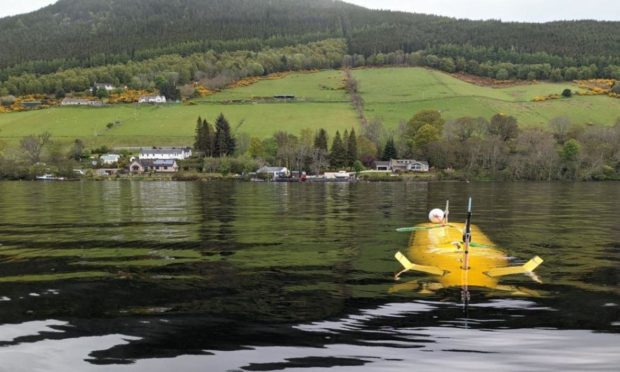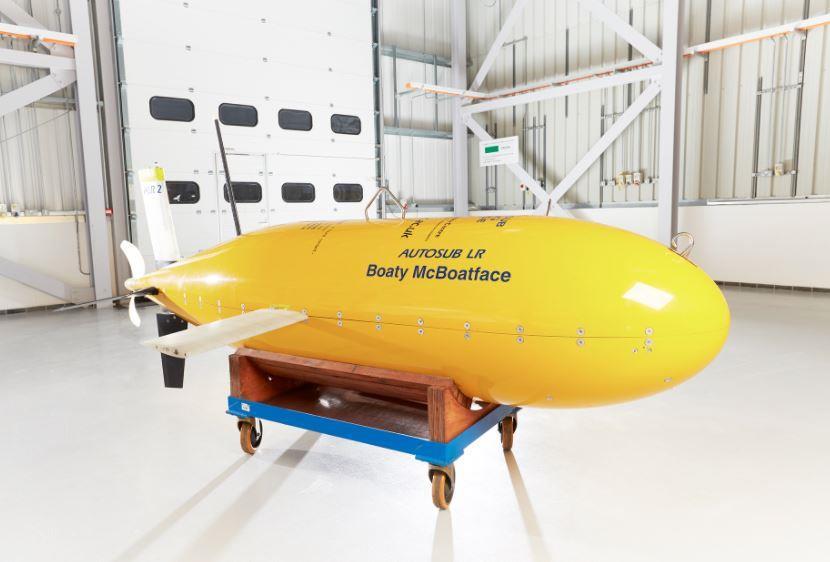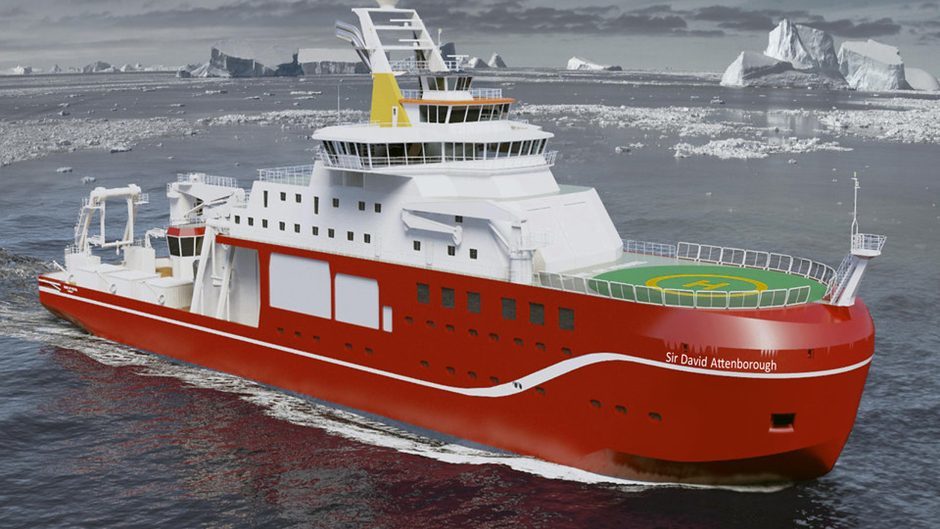Boaty McBoatface has been sent to work on end-of-life oil fields off the coast of Shetland.
The National Oceanography Centre (NOC) has started conducting research with the robot submarine to help monitor and protect the marine environment in the North Sea.
NOC’s project is also aimed at supporting the oil and gas industry’s transition toward its net-zero targets.
The underwater robot will explore several oil and gas structures, including North West Hutton and Miller, as well as the Braemar Pockmarks marine protected area.
It will take photographs of the seabed which will be automatically merged to form a map of the seafloor, along with any structures present and the marine life that lives there.
As well as the decommissioned sites, Boaty McBoatface will visit a special marine protected area that is known to have natural leaks of gas, to check the robot can reliably detect an escape should one occur in the future.
The Autonomous Techniques for infraStructure Ecological Assessment (AT-SEA) project, led by NOC, will take place over a 10-day period.
Improve environmental protection
AT-SEA project leader Daniel Jones said: “The overall goal… is to improve the environmental protection of the North Sea at a reduced cost and impact to the environment.
“We aim to demonstrate how this leading robotic technology from the NOC could be used worldwide to support this crucial ocean monitoring.”
The team will test whether these robotic systems can gather equivalent information to the surveys currently done using ships.
It is hoped emissions, risks and the cost of these operations can be significantly reduced in the future.
Cost-cutting hope
Mr Jones said: “This technology has the potential to change the way marine surveys are carried out in the future.
“Autonomous submarines could offer many advantages over current approaches; improving the quality and quantity of environmental information, while cutting the cost and environmental impact for a survey ship and its crew.
“The AT-SEA project will test this concept in UK waters and carry out the first fully autonomous environmental assessment of multiple decommissioning sites.”
On their return to shore the project team will study all the data obtained and compare it to that gathered using standard survey ship methods.
Boaty McBoatface shot to fame
Boaty McBoatface gained public fame in 2016 following a poll to name a new research ship.
But, despite overwhelming support for the idea, the vessel was instead christened RRS Sir David Attenborough, with the public’s choice instead going to the robot submarine.



Conversation